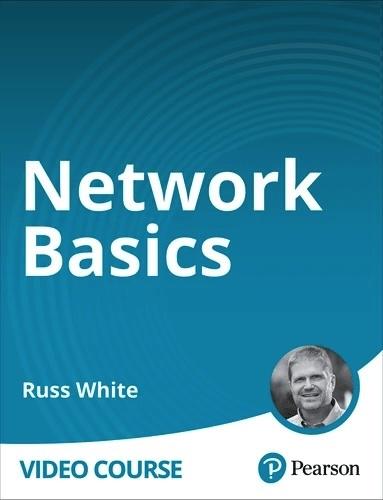English | MP4 | AVC 1280×720 | AAC 44KHz 2ch | 43 Lessons (6h 01m) | 1.28 GB
Russ White has more than 20 years of experience in designing, deploying, breaking, and troubleshooting large-scale networks. Across that time, he has coauthored 48 software patents, has spoken at venues throughout the world, has participated in the development of several Internet standards, has helped develop the CCDE and the CCAr, and has worked in Internet governance with the ISOC. Russ is currently a senior architect at Akamai Technologies, where he works on next-generation data center designs, complexity, security, and privacy. His most recent books are The Art of Network Architecture, Navigating Network Complexity, and Problems and Solutions in Network Engineering.
MSIT Capella University, MACM Shepherds Theological Seminary, PhD Southeastern Baptist Theological Seminary, CCIE No. 2635, CCDE 2007:001, CCAr.
Table of Contents
Introduction
1 Network Basics Introduction
Lesson 1 Addresses and Protocols
2 Learning objectives
3 Shipping Things in the Real World Encapsulation
4 Shipping Things in the Real World Addresses
5 Encapsulation in a Computer Network
6 Addresses in a Computer Network
7 Protocols
8 IPv4
9 IPv6
10 Assigning Addresses
Lesson 2 Building a Network
11 Learning objectives
12 Wired Networks Copper, Optical, Ethernet, Bus, Star
13 Two Hosts on a Wire
14 Switching and Spanning Tree
15 Routing and Routing Protocols
16 What’s in a Router or Switch
17 Basic Network Topologies Ring, Full Mesh, Hub-and-Spoke, Fabrics
18 Wireless Networks
Lesson 3 Typical Networks
19 Learning objectives
20 Network Diagrams
21 A Typical Home Network
22 A Typical Building Network
23 Internet Overview
24 Internet Providers
25 Data Centers
Lesson 4 Names and Transport
26 Learning objectives
27 Names DNS
28 Names DNS Infrastructure
29 Names and Security
30 Network Transport Protocols TCP and QUIC
31 Network Quality Delay, Jitter, and Bufferbloat
32 Web Transport
Lesson 5 Security and Privacy
33 Learning objectives
34 Network Attacks and Breaches
35 Social Engineering
36 Privacy
37 Security Tools and Devices
Lesson 6 Models, Configuration, and Troubleshooting
38 Learning objectives
39 Network Models
40 Configuration Example
41 Troubleshooting Basics
42 Troubleshooting Example
Summary
43 Network Basics Summary
Resolve the captcha to access the links!
